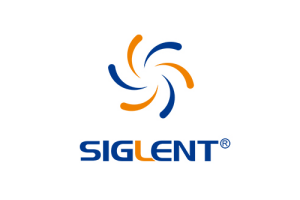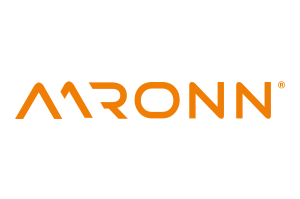Hydrogen pilot fleet
BMW iX5 Hydrogen hits the road
After four years of development work, the BMW iX5 Hydrogen is now entering the next phase: The pilot fleet of under a hundred vehicles is now being used internationally for demonstration and testing purposes.
Selected test groups that were not involved in the development can thus for the first time - in a driving manner - gain a direct impression of the characteristics of the BMW iX5 Hydrogen.
The BMW iX5 Hydrogen
Developed on the basis of the current BMW X5, the BMW iX5 Hydrogen with hydrogen fuel cell system was first presented as a concept idea at the IAA 2019. At the IAA Mobility 2021, the first prototypes could be experienced as a shuttle vehicle for passengers.
BMW produces the pilot fleet's highly efficient fuel cell systems at its own hydrogen competence center in Munich. This technology is one of the core components in the BMW iX5 Hydrogen and achieves a continuous output of 125 kW/170 hp.
In the fuel cell, the chemical reaction takes place between gaseous hydrogen from the tanks and oxygen from the ambient air. For a high efficiency of the drive, an even supply of the two media to the membrane in the fuel cell is crucial. In addition to technological analogs to the combustion engine, such as the charge air cooler, air filter, control units and sensor technology, BMW has also developed special hydrogen components for the new fuel cell system. These include, for example, the high-revving compressor with turbine or a high-voltage coolant pump.
Fuel cells from Toyota
BMW is getting the individual fuel cells from Toyota. The two companies have already been working together on fuel cell drives since 2013.
Based on the individual cells, the fuel cell systems are manufactured in two main steps. First, the individual fuel cells are stacked to form a so-called fuel cell stack. In the next step, all other components are assembled to form a complete fuel cell system.
The so-called stacking, i.e. the stacking of the fuel cells, is a largely automated process. After the individual components are inspected for damage, the stack is mechanically pressed with five tons of force and fitted with a housing. The stack housing is manufactured in the light metal foundry at the BMW Group plant in Landshut using the so-called sand casting process. In a process specially designed for small series production, liquid aluminum is poured into a mold made of compacted sand molded with resin.
The media pressure plate, which supplies hydrogen and oxygen to the fuel cell stack, also consists of plastic and light metal castings from the Landshut plant. The media pressure plate seals the stack housing gas- and water-tight.
Final assembly of the fuel cell stack includes a voltage test and comprehensive tests of the chemical reaction within the cells. Finally, all components are assembled into a complete system in the assembly area. During system assembly, other components such as the compressor, the anode and cathode of the fuel cell system, the high-voltage coolant pump and the wiring harness are mounted.
Combined with a highly integrated fifth-generation BMW eDrive technology drive unit (electric motor, transmission and power electronics combined in a compact housing) on the rear axle and a power battery with Li-ion technology developed specifically for this vehicle, the vehicle's powertrain puts a maximum output of 295kW / 401hp on the road. In overrun and braking phases, the e-machine also assumes the function of a generator that feeds energy back into a power battery.
Production at the Munich pilot plant
Production of the BMW iX5 Hydrogen takes place at the pilot plant in Munich's FIZ (Research and Innovation Center). This interface between development and production is where every new model of the BMW Group brands is realized for the first time.
Around 900 employees work there in the areas of body construction, assembly, model technology, concept vehicle construction and additive manufacturing. They ensure that both the product and the manufacturing process are mature enough to start series production. In the case of the BMW iX5 Hydrogen, specialists in hydrogen technology, vehicle development and initial assembly of new models are working closely together to integrate the innovative drive and energy storage technology.
Hydrogen can be refueled quickly
The gaseous hydrogen required to supply the fuel cell is stored in two 700-bar tanks made of carbon fiber-reinforced plastic (CFRP). Together they hold six kilograms of hydrogen, which gives the BMW iX5 Hydrogen a range of 504 km in the WLTP cycle. Refueling the hydrogen tanks takes only three to four minutes, so that the BMW iX5 Hydrogen can deliver typical BMW driving pleasure even on long distances with only a few and even shorter stops.
Hydrogen as a versatile energy source
»As a versatile energy source, hydrogen will play a key role in the energy transition and thus in climate protection,« emphasizes Oliver Zipse, BMW Chairman of the Board of Management.
»This is because it is one of the most efficient ways to store and transport renewable energy. We should use this potential to also accelerate the transformation of the mobility sector. Hydrogen is the missing piece of the puzzle for zero-emission mobility, because a single technology will not be enough to enable climate-neutral mobility worldwide.«







